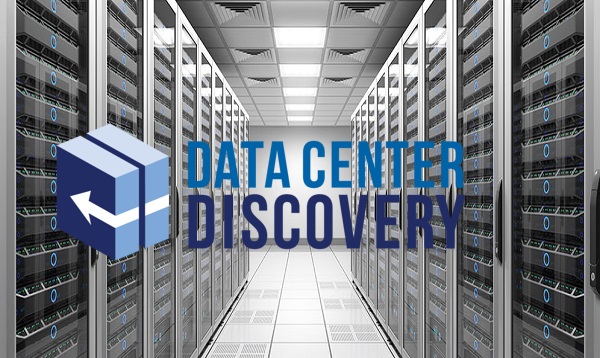The current trend of technology is certainly a reason to cheer. Widespread technology adoption has propelled a great number of traditionally operated enterprises into digitally empowered organizations that are ready to face the challenges of data intensive workloads.
However, the rise of cybercrime has been found to be in sync with the acceptance of modern technologies such as cloud computing. This can be confirmed by looking at the accelerated pace of information theft, thanks to the organized gangs of cybercriminals. The growth in number of breaches can be the most serious threat to technology development.
The only way to protect your organization’s digital resources as well as assets is to blend operations and IT security teams with help of mapping of dependencies and data center discovery.
Create a unified storehouse for configuration data
You can easily get rid of silos by building a comprehensive management process to involve configuration throughout your enterprise. This will enable you to arrive at decisions that encompass IT security, enterprise architecture, and systems management.
Common warehouse for configuration data can facilitate mitigation of efforts that are necessary for maintenance and collection of quality data from diverse sources while speaking common language with seamless agreement on data formats.
Multiple cloud discovery coupled with dependency mapping can eliminate complexity of implementation processes. It becomes easy to adopt scalable and multi-cloud deployments that can be designed to merge with security tools while satisfying the norms of industry certifications.
If we enable IT security group and configuration management team to work in harmony, then it is possible to allow rights of access while enjoying desired benefits of leveraging the latest data.
Compliance in a mature organization
In a digitally mature enterprise, consistent improvements and checks are the order of the day and so are inventory audits. This calls for continuous evaluation of all business functions of digital assets. This calls for seamless access to highly reliable reports which can be generated by implementation of automated discovery. Such process can also improve cost efficiency.
Collection and maintenance of inventory data can be a daunting process because of the accelerated pace of digital transformation. If you have adopted a multi-cloud approach, then your enterprise can easily adopt to changes that are taking place due to elimination of vendor lock-in.
Elimination of vulnerabilities
Analysis of a large number of security breaches has confirmed that these can be attributed to vulnerabilities in systems caused due to imperfect configurations. This scenario can be significantly improved by way of multi-cloud discovery that allows data to be handled through a process of vulnerability management.
There are several possibilities that can lead to flawed configurations. Adoption of unauthorized software applications or operating systems or use of hardware that is procured from unsupported source can impact basic technical data.
Lack of fundamental security tools can seriously hamper components that may not have any relation with business functions. If you are dealing with merging of diverse infrastructures following a merger or acquisition, then the following must be kept in mind. More profound and mission critical implementations such as dependency mapping must be exposed to complex evaluation of disaster recovery.
By making the entire process to rely on a robust process backed by dependable data sources, one can make a quick headway in securing digitally empowered enterprise.
Identifying and prioritizing vulnerabilities
No one can expect to eliminate all vulnerabilities but it is possible to at least chalk out priorities by identifying the most critical ones for isolation so that the impact of any disaster or data breach can be minimized. This can also facilitate effective deployment of resources.
In order to appraise the critical nature of a particular security issue, one must adopt sophisticated tools for scanning and accessing knowledge bases to understand vulnerabilities. Another perspective of priority mapping can be associated with gaining insights about impact scenarios and application maps for understanding business impact post data breach.
Following are the ways that enhance process of vulnerability management by implementation of dependency mapping as well as data center mapping processes.
These processes can enable you to gain valuable insights about process of application deployment and their security features. Secondly, you can tune your system components with business processes by adjusting impact specific priorities to secure the most critical components from enabling seamless business continuity.
Reinforcing adaptability to change
Change management is all about mitigation of conflicts among different security teams who are supposed to recommend system configurations and operations teams that must implement these. A frictionless working of these teams can guarantee a reliable and always available digital infrastructure.
By delivering a precise and seamless understanding of impacts that are bound to influence the organization, dependency mapping and multi-cloud discovery help achieve flawless transition.
The ultimate aim of any change management process should be smooth transition with help of meaningful collaboration and faster decision making for uneventful rollouts.






 Live Chat
Live Chat